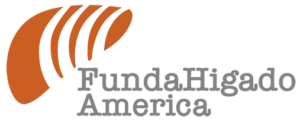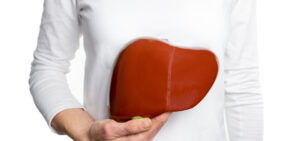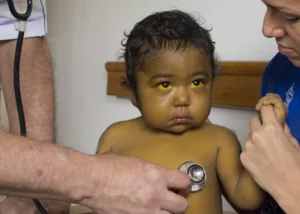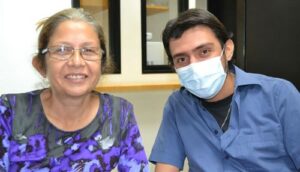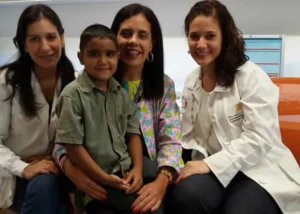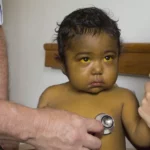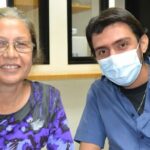This is the infection that develops in the bile ducts, (where bile is transported from the liver to the gallbladder). This could trigger digestive problems, as bile is the fluid that aids in the digestion of food.
Now, in some cases choledocholithiasis (presence of stones in the bile ducts) develops first, this condition could cause biliary colic, biliary obstruction, biliary pancreatitis or cholangitis.
Subsequently, cholangitis could result in the evolution towards stenosis, stasis and choledocholithiasis. In terms of diagnosis, it is common to require magnetic resonance cholangiopancreatography.
Biliary colic develops when the ducts become partially obstructed, while more complete obstruction leads to dilation of the ducts and results in jaundice and ultimately cholangitis. (Via MSD Manual)
There is a type of acute cholangitis, when the bile ducts become obstructed and this allows bacteria to gain access to the duodenum. Symptomatology of this infection includes: abdominal pain, jaundice, fever, chills and painful hepatomegaly.
Recurrent pyogenic cholangitis, in which there are intrahepatic stone formations with brownish pigment. The occurrence of this infection is characterized by the finding of grit and bacterial debris in the bile ducts.
As for cholangiopathy or cholangitis associated with AIDS, direct cholangiography may reveal multiple strictures and dilatations involving intrahepatic and extrahepatic bile ducts.
Diagnosis of cholangitis
In patients presenting with some of the above symptoms, urgent attendance to a specialist is recommended. Liver tests and an ultrasound are usually indicated, as well as other studies directed towards the hepatic area.
Those who suffer from jaundice or biliary colic are prone to choledochal stones. While fever and leukocytosis could be signs of acute cholangitis.
Increased bilirubin, alkaline phosphatase, alanine aminotransferase and gamma-glutamyltransferase are common in cases of obstruction. These levels are usually indicators of extrahepatic obstruction.
In addition, there are other symptoms that could indicate cholangitis or hepatic obstruction:
- Pain in the right upper quadrant or center of the upper abdomen. The pain may be intermittent and feel sharp, cramping or dull.
- Fever and chills.
- Dark urine and clay-colored stools.
- Nausea and vomiting.
Treatment
Early diagnosis is of utmost importance, treatment almost always starts with antibiotics. Regarding ERCP or other surgical procedures, they are performed when the patient is stabilized.
However, in those cases where the infection evolves rapidly, surgeries may have to be performed immediately. In general, the outlook is encouraging, as long as adequate treatment is provided.
